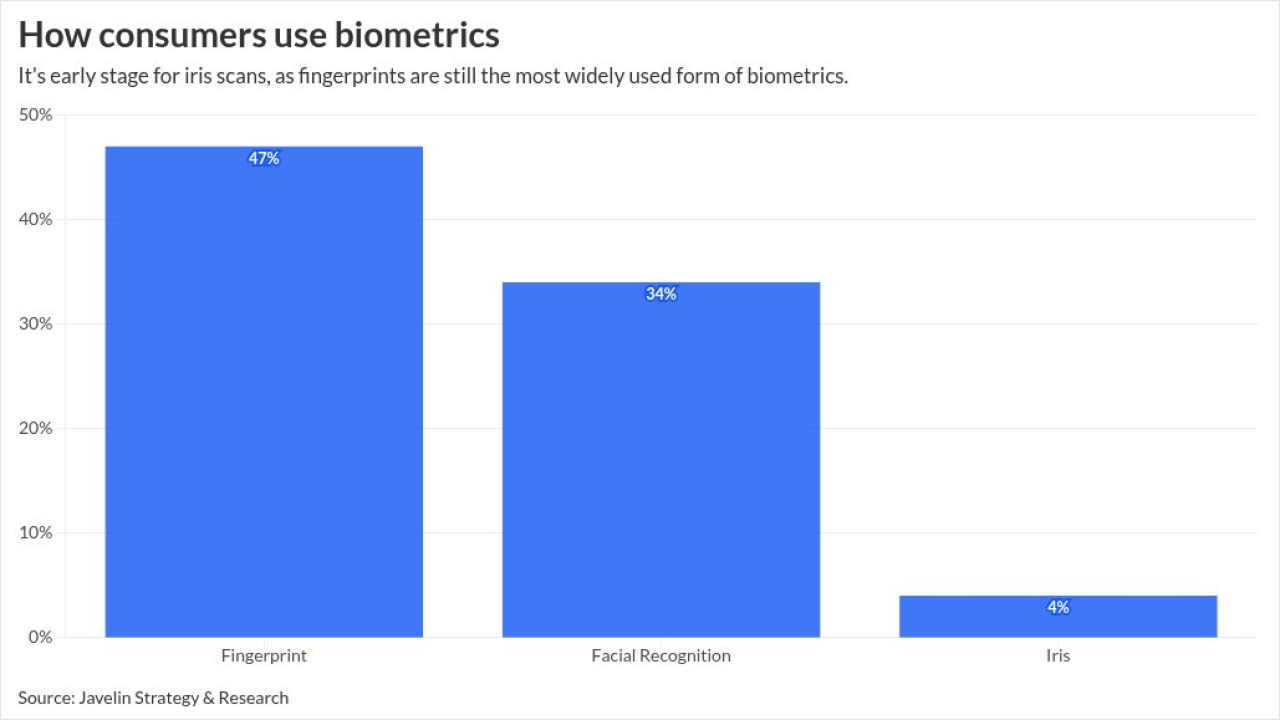The initial press accounts were exciting: "Morgan Stanley, Prince of Tides" proclaimed The New York Times, going on to detail the bank holding company's plan to build an off-the-grid data center in northern Scotland sustained by underwater turbines that harnessed power from the ebb and flow of the North Sea's tides. The actual story is both less and more interesting. First, the less interesting part is it's not Morgan Stanley's project. Morgan recently became a part owner of UK-based Atlantis Resources, which owns the tidal energy technology and is building both the renewable energy facility and the data center that it will feed; there are no commitments involving who will fund or occupy the data center.
The interesting part of story revolves around the Pentland Firth, a straight that separates the Orkney Islands from Caithness in the north of Scotland, and which the NYTs dubs "the Saudi Arabia of tidal"; the NYTs story also includes tangents about building greenhouses for Prince Charles's organic food farms; the British Crown Estate's persnicketiness about how much tidal energy can be culled by any one company; and the availability of renewable energy subsidies around the world.
Got that? Let's try again, but begin with the moon and the earth. When the rush of water powered by the moon and the earth's spin - the tides - is forced through narrow waterways, like the Pentland Firth, it can move as fast as 16 knots, or eight meters per second. Atlantis Resources has developed both deep and shallow-water turbines that can harness the tidal energy and pump that power into the electrical grid.
The company already has a small-scale plant that's been operational in Australia since 2006. But the newness of the technology means its still incredibly expensive to produce power, and is only economical in countries - like the UK - where the government is paying a long-term subsidy to companies who produce power from renewable sources.
This makes the Pentland Firth in Scotland - the Saudi Arabia of tidal energy, remember? - a prime location for a tidal energy plant. "You've got the Atlantic Ocean trying to force itself into the North Sea, and that happens a couple of times a day," says James Mitchell, head of business development at Atlantis, and a former Morgan Stanley banker.
Northern Scotland is great place for a power plant, except that not many people live there and the cables that would carry power away from the area are overloaded. Not to mention that there's such a glut of renewable energy being produced there that by law no new sources can connect to the grid until 2018.
But Atlantis was not to be deterred. Executives canvassed for power-intensive industries that would be a natural fit for cold, rainy northern Scotland, which just happens to have an undersea Internet cable connection from Iceland nearby. Before long the company decided it would not be much more work to build - in phase one, mind you - a 30-megawatt data center that would be a captive customer for the tidal power plant.
Here's where the red herrings come in. First, the Crown Estate, essentially the UK government that controls access to the seabed around Scotland, doesn't want to give Atlantis a monopoly on the Pentland Firth tide flow. So, though the company's initial plan calls for a 30MW plant, they've only got permission to produce 20mw themselves. As a result, they're hoping one of their direct competitors will go in on the plan, set up their turbines nearby, and produce the additional 10mw needed for the data center, projected to be operational in 2012.
It gets more interesting. Because the weather there is so cold, the data center could be cooled much of the time using air-to-air cooling. But still, a considerable amount of excess heat will be produced. It just happens that Prince Charles's Castle of Mey is nearby, as are two of the farms that produce his food brands. "This is just an idea - the data doesn't require this, it would be an extra revenue stream - to build loads and loads of greenhouses and heat them with excess hot air from our data center," says Mitchell.
Atlantis' ideas are innovative, and ambitious, to say the least, but perhaps not replicable. Building another tidal powered data center requires not just the optimal tide conditions, but also runs into the political and economic reality of how willing any given country is to subsidize the development of renewable energy sources. The Bay of Fundy between Maine and Nova Scotia has awesome tidal possibilities, Mitchell says, but is not a likely site for an Atlantis tidal plant in the near future. "The reason we have largely avoided the U.S. market is it's about as clear as mud what the price will be (for renewable energy) going forward," he says. "Renewable energy credits that last this year and next year don't do us a lot of good."





